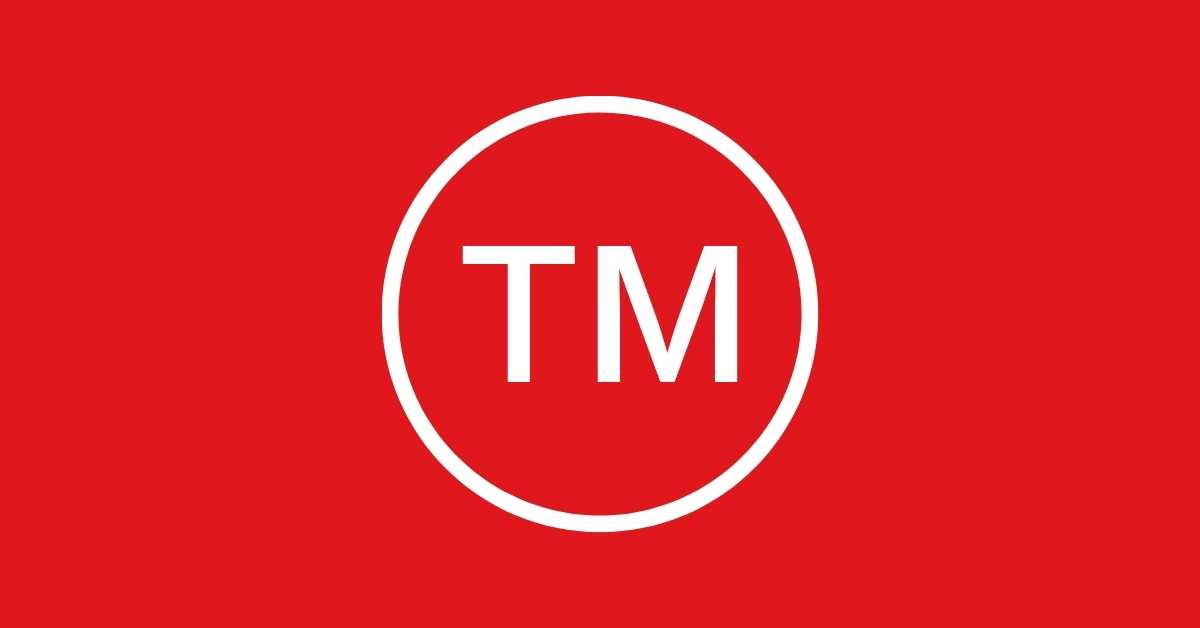Ensuring a company’s identity and reputation hinges on effectively managing and safeguarding its trademarks. Therefore, understanding the significance of trademark symbols is crucial. However, deciphering the meanings and proper usage of symbols like ™, ℠, and ® can often lead to confusion.
Being one of Indonesia’s top IP law firms, we at Am Badar & Am Badar are well-versed in trademark law and highly experienced in helping both domestic and foreign clients in IP protection.
See our insight for other suggestions: “Trademark Lawyers: Benefits and What To Look For”. More than that, you can also check the insight and services page, or contact the team.
Unveiling the Trademark Symbols
Correct usage of certain symbols determines both guarantees of legal compliance and protection of your brand. Here, let’s define the meaning and appropriate application of ℠, ®, and Ⅰ symbols:
-
™ for Common Law Trademarks
Representing “trademark”, the ™ symbol marks the assertion of a trademark from a sign, logo, or brand name. This sign is used by anyone claiming rights over a mark; official registration is not required.
The ™ symbol not only informs the public but also rivals since the mark is meant to distinguish goods from others. Still, by itself, it does not grant any legal rights, for more strong legal assistance always seek official registration.
-
℠ for Service Marks
Next, the ℠ trademark symbol is short for “service mark”. It is used similarly to ™ but mainly for services rather than goods. Companies offering legal, accounting, or consulting services—for example—could show their offerings with the ℠ symbol.
Not requiring official registration, ℠ also reveals that the mark is being used in commerce, much the way the ™ indicator does. Although the ℠ mark is generally utilized in the United States, Indonesian companies engaged in international business could find it rather important.
-
® for Federally Registered Trademarks
Meanwhile, trademarks registered properly under the relevant governmental authority, such as the Directorate General of Intellectual Property (DGIP) in Indonesia or the United States Patent and Trademark Office (USPTO), are reserved for the ® sign.
Using the ® sign without suitable registration is illegal and may result in fines. The ® symbol indicates that federal law guards the trademark, therefore granting the owner sole rights to use the mark everywhere and legal action against infringer power.
When to Use Each Symbol
A certain trademark symbol has specific instructions for use. Hence, depending on the condition of your trademark, you need to follow them exactly. Here’s the guide:
-
TM Symbol (™)
Marks representing objects like books, clothes, or tools can use this symbol. ™ Although it does not offer legal protection.
-
SM Symbol (℠)
As a symbol stands for a service mark, of course ℠ is used for marks denoting services including accountancy, personal training, and legal assistance. Like ™, ℠ indicates common law rights and can be used without registration.
While worldwide ™ is usually enough for both, in the United States ℠ helps separate service marks from trademarks for commodities.
-
Registered Trademark Symbol (®)
Meanwhile, the symbol for registered trademark (®) is exclusively used only following the official registration of your mark with a body like the USPTO. It marks official recognition and grants particular rights to use the mark for the listed goods or services.
Usually positioned in the upper right corner or immediately next to the mark, the ® symbol offers more solid legal protection. This means, using ® before registration is illegal and could lead to application rejection.
Mistakes to Avoid with Trademark Symbols
Correct application of trademark marks determines the protection of your brand. Typical mistakes to avoid are:
-
Misuse of ® Symbol
Only use the ® symbol for formally and legally registered trademarks. Early usage of it could cause legal action and denial of your trademark application.
-
Ignoring ™ and ℠ Symbols
Remember, ignoring ℠ or ™ marks for unregistered trademarks could damage your mark claim since these icons help indicate your resolve to protect your brand.
-
Incorrect Placement
As for the placement, these symbols should either occupy the top right corner of the mark or be exactly next to it. Consistent placement informs others the mark is guarded and supports your claim.
-
Assuming Universal Recognition
Lastly, different nations will not all recognize or use a certain symbol in the same way. So, knowing the trademark rules of the countries you deal with can assist you in adapting.
Our specialization at Am Badar & Am Badar is advising businesses over the complexity of trademark law both domestically and internationally. See our services page or trademark services for assistance registering and defending a trademark.
Also, see our insights page for further information and intellectual property ideas, or kindly contact us if you have any questions or need specific advice. Now that you understand the complexities of the trademark symbol, check our “Complete Guide of Trademark Registration Indonesia” for a comprehensive reference.
References
- https://www.lawbite.co.uk/resources/blog/what-is-the-difference-between-trademark-and-copyright
- https://internationalipcooperation.eu/sites/default/files/arise-docs/2019/Indonesia_Law-on-Marks-and-Geographical-Indications-20-2016.pdf
- https://peraturan.bpk.go.id/Details/37595/uu-no-20-tahun-2016
- https://jdih.dgip.go.id/produk_hukum/view/id/24/t/undangundang+nomor+20+tahun+2016+tentang+merek+dan+indikasi+geografis
- https://www.cohnlg.com/trademark-symbols-r-tm-sm-a-complete-guide/
Reviewed by Nabil Argya Yusuf

